Your search 'Patination pigments' did not match any products.
Showing results using some of your search terms 'Patination pigments'
Search results for 'pigments'
-
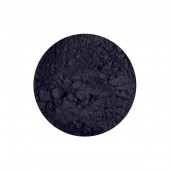
Ivory Black Genuine Pigment
Starting at: £38.00
-
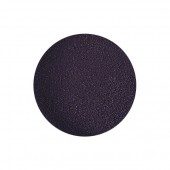
Indigo Blue Genuine Pigment
Starting at: £8.00
-
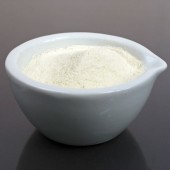
Gum Sandarac
Starting at: £8.60
-
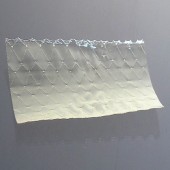
Gelatine Leaf
Starting at: £5.30
-
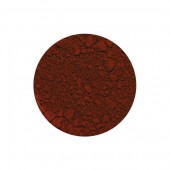
Translucent Red Oxide Pigment
Starting at: £9.80
-
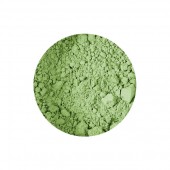
Terre Verte Pigment
Starting at: £4.00
-
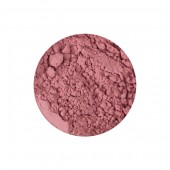
Potters Pink Pigment
Starting at: £22.00
-
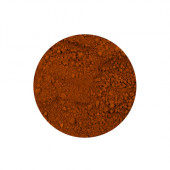
English Red Light Pigment
Starting at: £5.50
-
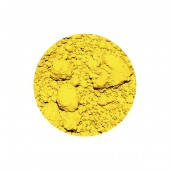
Cobalt Yellow Pigment
Starting at: £8.80
-
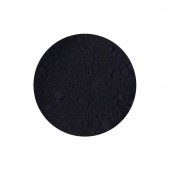
Spinel Black Pigment
Starting at: £8.00
-
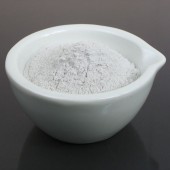
Pumice Powder
Starting at: £5.70
-
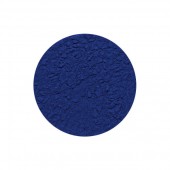
Ultramarine PB29 Pigment
Starting at: £9.10
-

Clear Dewaxed Shellac
Starting at: £9.20
-

Squat & Powder Jars
Starting at: £0.75
-
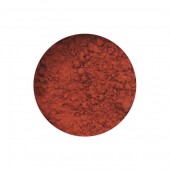
Venetian Red Pigment
Starting at: £4.60
-
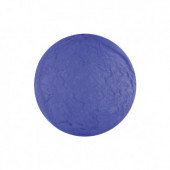
Pigment Early Colour 10 grams Azurite
£15.00 -
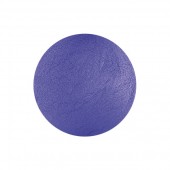
Egyptian Blue Pigment
Starting at: £5.90
-

Cerulean Blue Pigment
Starting at: £14.50
-
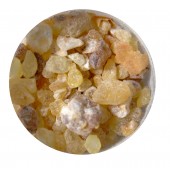
Coptic Frankincense Resin 10 grams
£2.95 -
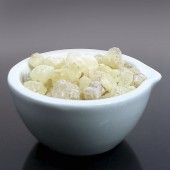
Gum Damar
Starting at: £10.00
-
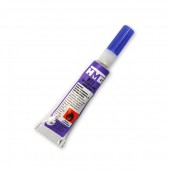
HMG B72 Restoration Adhesive
£7.70 -
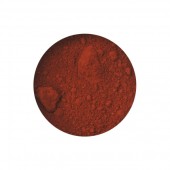
Translucent Orange Oxide Pigment
Starting at: £9.40
-
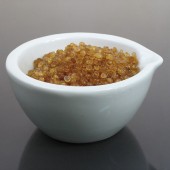
Pearl Glue
Starting at: £6.50
-
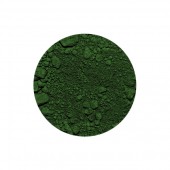
Phthalo Green Pigment
Starting at: £8.10
-
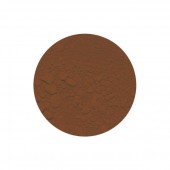
Cadmium Brown Pigment
Starting at: £10.00
-
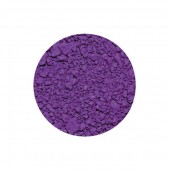
Ultramarine Violet Pigment
Starting at: £6.20
-
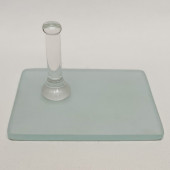
Cornelissen Mini Glass Muller and Slabs
Starting at: £24.00
-
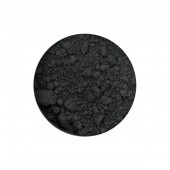
Lamp Black Pigment
Starting at: £6.70
-
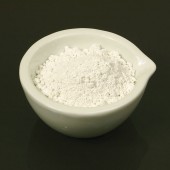
Gypsum
Starting at: £5.70
-
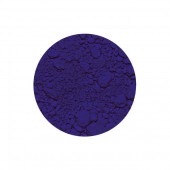
Ultramarine Blue Light Pigment
Starting at: £6.00





